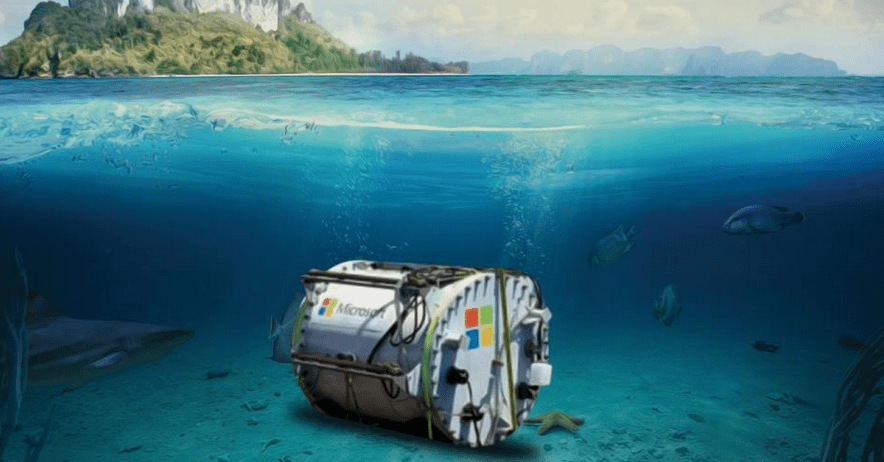The construction of huge underwater centers data may sound like a Jules Verne novel, but in our case it's something that the Microsoft. 
The company's plan is called Project Natick, and on the webσελίδα it states its purpose: "To understand the benefits and challenges for developing undersea data centers around the world."
Why to build submarine data centers? Customer's approach to better service is the main reason.
Since so many major cities are coastal, and data center buildings are in the middle of nowhere, building underwater centers could improve the performance of services such as Netflix for millions of city dwellers.
In addition, server hosting in an underwater building virtually eliminates the possibility of overheating damage.
And finally, Microsoft says it can map submarine data centers with electric generators or turbines using the tide to move, which could help meet growing energy needs.
The first prototype called Leona Philpot was tested last autumn about a kilometer off the coast of California, 30 feet (about 10 meters) under the water.
The test was performed in a single datacenter which was housed in a steel capsule, which was covered with sensors that monitored pressure, humidity, and other factors that helped engineers learn more about the potential challenges they would face in the future.
In December, following a series of successful tests, technicians sent the test results back to Microsoft's headquarters in Redmond for analysis.
Microsoft believes it can install 90 underwater data centers faster than it can build terrestrial.





